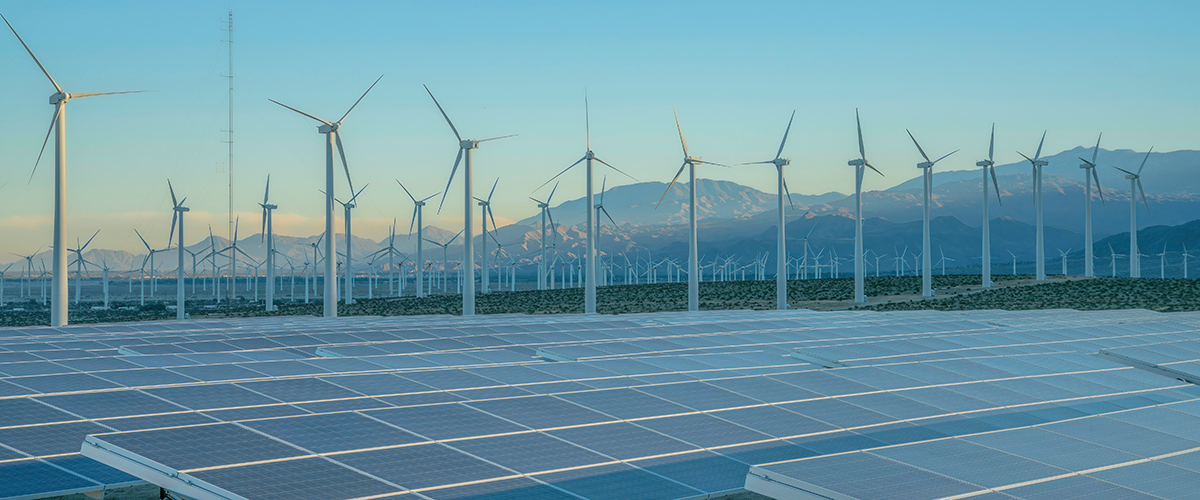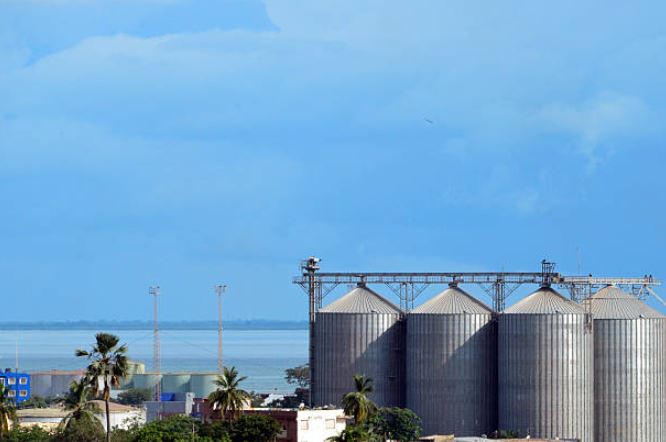Gambia covers 11,295 km² and has limited natural resources. Key resources include silica sand, titanium (rutile and ilmenite), zircon, clay, and gravel, which are mainly used in local construction. The Gambia River is essential for fisheries and farming.
Despite an 81 km coastline rich in marine life, the resource sector contributes little to the economy, which leans on agriculture and tourism. In 2021, natural resource rents made up 2.86% of the GDP.
The economy depends on aid and imports, with ongoing plans for diversification through sustainable resource use and foreign investment.
Gambia’s Natural Resources And Their Location
Here’s a list of Gambia’s natural resources and where you can find them:
| Natural Resources | Locations |
|---|---|
| River Gambia | Flows through the center of Gambia, and approximately half of its length is in Gambia. |
| Quartz Sand | Greater Banjul Area. |
| Fisheries | Along the Atlantic coast and River Gambia. |
| Agricultural Land | Throughout the country, especially in the Central River Region. |
| Minerals (Titanium, Rutile, Ilmenite, Zircon, Laterite, Clay) | Batukunku, Kartung, and Sanyanga. |
| Beaches | Along the Atlantic coast. |
| National Parks and Reserves | Bao Bolong Wetland Reserve, Kiang West National Park, Niumi National Park, Tanbi Wetland Complex, Tanji Bird Reserve, River Gambia National Park, Abuko Nature Reserve. |
| Forestry | Various regions, including national parks and reserves. |
Discoveries Of Gambia’s Natural Resources
The exploration of Gambia’s natural resources dates back decades. In the 1950s, ilmenite mining occurred along the coastal areas, especially in Batukunku and Kartung.
Mining stopped in 1959 due to environmental concerns. These areas still hold untapped minerals like zircon and titanium.
Recent studies from 2023 to 2025 revealed over 50 million tons of quartz sand reserves in nine locations, including Brufut, Fass, and Abuko. These sands are highly valuable for industrial glass and ceramics.
In Kundam, Upper River Region, around 3 million tons of kaolinitic clay were found, ideal for ceramic manufacturing.
Additionally, 10.5 million tons of plastic clay have been confirmed in Fatoto, Sara Alpha, and other locations that can be suitable for bricks and pottery. Gambia is part of the MSGBC Basin, which is known for major oil discoveries.
By 2025, the country has discovered eight offshore blocks and two onshore blocks, with seismic surveys covering 80% of offshore areas. Companies like PetroNor are actively exploring Block A4.
The River Gambia holds strong hydroelectric potential, though no dams have been built yet. Phosphate deposits in Farim are still unexplored but could support agriculture.
Viability Of Exploiting Gambia’s Natural Resources
Gambia’s natural resources present a unique opportunity for economic growth, environmental sustainability, and social development. However, challenges like infrastructure gaps and environmental concerns must be addressed to provide long-term benefits.
Economic Viability
Gambia’s natural resources hold immense economic potential. Quartz sand reserves, exceeding 50 million tons, could generate $10 million annually through industrial applications like glass and ceramics.
Fisheries contribute around $25 million per year in export earnings, with global demand for sustainable seafood on the rise.
Oil exploration in the MSGBC Basin could be transformative, as seismic surveys have discovered eight offshore blocks with promising reserves.
Environmental Considerations
Balancing economic growth with environmental protection is important. Deforestation rates are alarming, with projections warning that Gambia’s forests could be depleted by 2050 if current trends continue.
Overfishing and pollution threaten marine biodiversity along the Atlantic coast and River Gambia. To counter these challenges, the government has launched policies like the Long-Term Climate-Neutral Development Strategy 2050, promoting sustainable land use and renewable energy.
That said, resource exploitation is both a challenge and an opportunity for communities. Infrastructure gaps, limited financing, and land disputes create barriers to development.
Rural areas lack modern agricultural equipment, and conflicts over land use disrupt mining activities. Resource development could generate thousands of jobs in mining, aquaculture, and tourism.
The government’s Recovery-Focused National Development Plan (2023–2027) seeks to improve the business climate and attract foreign investment.
Export Potential Of Gambia’s Natural Resources
| Key Resources | Export Value | Major Market |
|---|---|---|
| Fisheries | $25M annually | EU, ECOWAS |
| Groundnuts | $15M annually | EU |
| Silica Sand | $10M annually | Global |
| Tourism | Contributes 20% to GDP | Regional and global |
Gambia has several natural resources with strong export potential. Fisheries lead the sector, generating about $25 million annually.
The Atlantic coastline and River Gambia provide abundant fish stocks, including shrimp and oysters, which are highly valued in EU and ECOWAS markets.
Groundnuts, another key export, bring in around $15 million per year, with growing demand in Europe for organic products.
Silica sand reserves exceed 50 million tons. Tourism also contributes 20% to the GDP by drawing visitors to the country’s beaches and eco-tourism destinations. Gambia’s exports align with global demand for sustainable and organic products.
The EU is a primary market for fisheries and groundnuts due to its preference for high-quality seafood and organic goods. Regional trade within ECOWAS is also expanding, particularly in agriculture.
Silica sand has potential in global markets as industrial glass production grows.
Despite these opportunities, Gambia faces export challenges. Limited infrastructure raises transportation costs. Meeting strict international quality standards, especially for fisheries and agricultural products, is difficult.
Overfishing and environmental concerns also threaten sustainability in key sectors.
However, the government is tackling these issues through initiatives like the National Export Strategy (2021–2025). Efforts focus on improving trade facilitation, infrastructure, and value addition in agriculture and fisheries. With effective policy implementation, Gambia’s export revenue is expected to rise significantly by 2026.
Economic Impact Of Gambia’s Natural Resources
| Indicator | 2023 Value | 2024 Projection | 2025 Projection |
|---|---|---|---|
| Contribution to GDP | 5.3% growth | 5.6% growth | 5.8% growth |
| Fisheries Export Revenue | $25M annually | $27M annually | $30M annually |
| Poverty Rate | 48% | 45% | 42% |
Contribution To GDP
Gambia’s natural resources play a big part in the country’s economic growth. In 2023, real GDP expanded by 5.3%, driven by strong agricultural output and construction activity.
Agriculture, particularly groundnuts and horticulture, is essential, supported by favorable rainfall and government subsidies. Tourism, relying on the country’s beaches and wildlife, contributes about 20% to the GDP.
However, GDP growth is projected to slow slightly to 5.3% in 2025 due to global economic uncertainties. Despite this, growth remains above the 10-year average of 3.9%.
Employment Generation
Natural resource industries drive employment in Gambia. Agriculture provides jobs for over 70% of the population, especially in rural areas.
Fisheries support livelihoods along the Atlantic coast and River Gambia. Tourism power employment in hospitality and eco-tourism.
Construction projects, including the Port of Banjul expansion and Bertil Harding Highway upgrade, are expected to sustain job creation through 2025. However, high informal employment limits job security and income stability.
Impact On Trade And Foreign Exchange
Natural resource exports help improve Gambia’s trade balance. Fisheries generate around $25 million annually, with projections rising to $30 million by 2025 due to increased EU demand.
Groundnut exports contribute approximately $15 million each year, while silica sand shows growing potential in global industrial markets.
Poverty Reduction
Natural resources contribute directly to poverty reduction by boosting rural incomes and job creation. Community-based forestry programs provide sustainable livelihoods while preserving biodiversity.
Regardless, poverty is high at 48% as of 2023, with rural communities facing limited access to essential services. By 2025, poverty rates are expected to decline to 42%, driven by resource-driven industries and targeted government policies.

